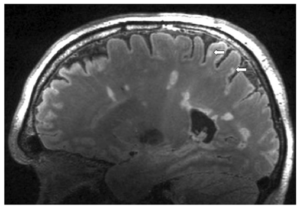Economic Burden of Neuromyelitis Optica Spectrum Disorders Quantified From Patient Point of View
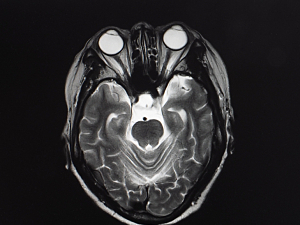
Brigham and Women’s Hospital researchers recently conducted the first study of patient-reported data on the economic burden of neuromyelitis optica spectrum disorders (NMOSD). Specifically, they characterized the direct and indirect costs of relapse events (ED visits and hospitalizations).
Read More...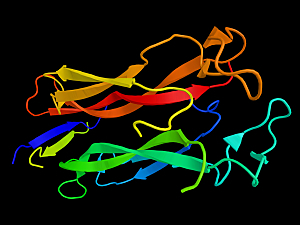



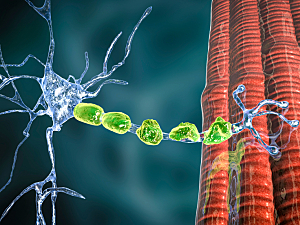

 Obesity is linked to an increased risk of many diseases, but much remains unknown about the molecular mechanisms underlying this connection. In a new study from Brigham and Women’s Hospital and Harvard Medical School, investigators have found an unexpected role for cholesterol and its effects on the immune system in driving some of these obesity-linked diseases — in particular, with conditions characterized by autoimmunity.
Obesity is linked to an increased risk of many diseases, but much remains unknown about the molecular mechanisms underlying this connection. In a new study from Brigham and Women’s Hospital and Harvard Medical School, investigators have found an unexpected role for cholesterol and its effects on the immune system in driving some of these obesity-linked diseases — in particular, with conditions characterized by autoimmunity.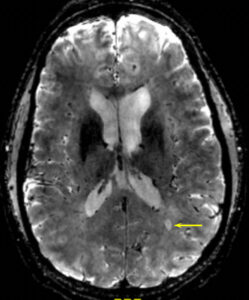 From 7T MRI performed at Brigham and Women’s Hospital in Study Patient 1. This is a T2* gradient-echo sequence (0.8 mm isotropic voxels) showing a typical MS lesion (arrow) as oval, and bright, containing a central (dark) vessel.
From 7T MRI performed at Brigham and Women’s Hospital in Study Patient 1. This is a T2* gradient-echo sequence (0.8 mm isotropic voxels) showing a typical MS lesion (arrow) as oval, and bright, containing a central (dark) vessel.